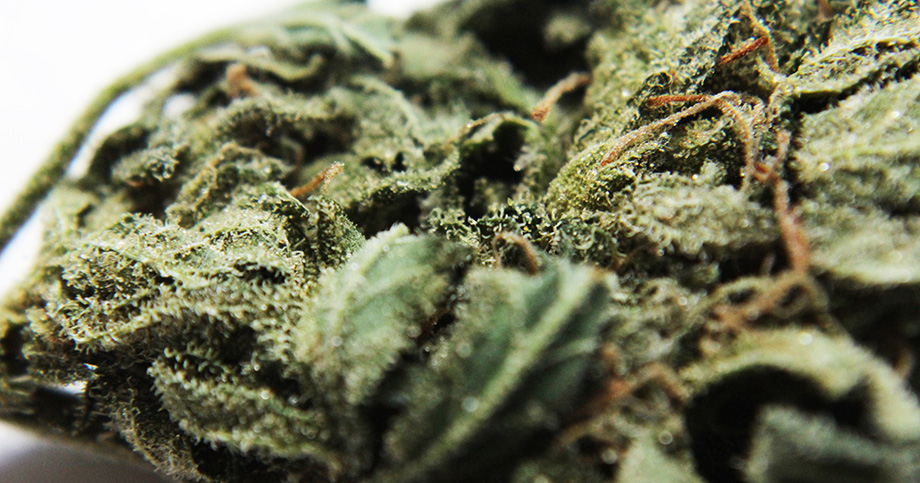What is Bioavailability of Cannabinoids?
Bioavailability is the drug absorbance rate to the blood. Bioavailability is used in order to determine the correct dosage for non-intravenous administration of the drug product. The absolute bioavailability of a drug is determined as part of a pharmacokinetic study in which blood plasma drug concentration is plotted against time after intravenous and non-intravenous administration.
Medical cannabis products are used for different pharmacological delivery methods. Every delivery method has its own unique pharmacokinetic profile according to the patient’s medical condition and needs. Delivery methods differ from others in terms of blood absorption levels and bioavailability of the active ingredients in Cannabis (Cannabinoids).
The way the cannabis product is formulated and administered to the patient determines the rate and extent of absorption of the active substances into the blood.
Cannabis dosage forms and delivery methods
The most common Cannabis dosage forms used for medical treatment are:
Pharmacokinetics of Cannabinoids
As of now, most of the research and knowledge accumulated about the pharmacokinetic profile of phytocannabinoids in the human body is for THC. CBD is in second place. Cannabinoid Pharmacokinetics determination processes are dynamic and may vary over time. They may also be affected by the frequency and intensity of cannabis use. It is important to remember that cannabis chemistry is much more complex than THC alone. Other effects may be seen, given the presence of cannabinoids and other chemicals in the plant such as terpenes due to the so-called ‘Entourage effect.’ Cannabis is known to have at least eighteen different groups of chemicals, including nitrogen compounds, amino acids, hydrocarbons, carbohydrates, terpenes, and simple fatty acids, which probably also contribute to the pharmacological and toxicological properties of cannabis.
The pharmacokinetics of phytocannabinoids includes several processes:
Absorption of phytocannabinoids into the circulatory system via inhalation
Smoking Cannabis flowers provides a quick and efficient method for systemic absorption of Cannabinoids from the lungs into the blood and the brain. The almost immediate exposure to the central nervous system (CNS) and the resulting intense pleasure can contribute to the addictive effect, (where THC is being used). In a comparative PK study, the THC concentration peak in the blood after smoking was only slightly lower than intravenous administration. In terms of the absorption rate, there is no significant difference between THC absorption in the blood as a result of inhaling cannabis (smoking or vaporization) or through the epithelium directly into the blood vessels. When examining THC’s pharmacokinetic profile after smoking, bioavailability appears to be between 2-56%. The high variability is related to variables such as temperature and duration of cannabis heating, intervals between inhalation, number of aspirations, length of aspiration and patient’s lung capacity.
The rate of THC metabolites created in the liver is very slow and their peak concentrations are relatively low. The maximum concentration of plasma THC occurs after 8-12 minutes after smoking cannabis.
As part of several studies, the bio-availability of CBD via smoking administration was 11-45%. The presence of CBD in the blood plasma may decrease CYP450 metabolism and as a result, affect the THC and other cannabinoid levels.
Absorption of phytocannabinoids into the circulatory system via sublingual oil
The main advantage of administering cannabis products under the tongue is the ability to control the dosage process and self-titration. An additional advantage is that by substituting the active ingredients, the active substances are absorbed directly into the bloodstream rather than needing to pass through the digestive system to the acidic environment in the stomach, also bypassing the liver.
Sublingual administration pharmacokinetic is not prolonged. The existing knowledge is based mainly on Sativex ™ product studies which were approved for MS neuropathic pain with almost identical levels of THC and CBD. A study from 2011 found that the absorption of THC is similar and almost identical between sublingual administration and oral administration and is around 10- 20%.
Absorption of phytocannabinoids into the circulatory system via Oral administration
The THC absorption rate in oral administration is much lower and variable than that of inhalation (2% to 20%). THC bioavailability is about 1/3 in comparison to smoking or evaporation. Much of this significant difference is due to excessive metabolism occurring in the liver. In order to evaluate the THC oral pharmacokinetic profile properly, THC, THC-COOH, and 11-OH-THC together should be detected.
Studies conducted in oral preparations which included THC and CBD have shown that absorption and bioavailability of both cannabinoids are similar. Blood concentration gradually increases to a maximum concentration within 45 minutes to 2 hours after administration, depending on food consumption and physiological differences between patients.
Cannabinoids absorbance levels summary
Smoking cannabis is characterized by rapid absorption and reaching the highest peak concentration in a relatively short time. In contrast, sublingual administration and oral administration are characterized by slower absorption and reaching a lower peak concentration at longer intervals.
About Cannabis GxP consultancy
Cannabis GXP is proud to stand at the forefront of the Cannabis industry in Israel and worldwide thanks to many years of experience in these areas.
Our team is compelled to spread the message of the importance of cannabis science, regulation and standardization as the world enters a new era of cannabis legislation.
We aim to position our clients with their best foot forward when it comes to anything and everything cannabis related.
Our vast expertise allows us to assist companies in a wide range of services and needs: Anything from Cannabis R&D, growing and manufacturing, new products development, facility design, technology, Quality Assurance, Good Practices (GAP/GMP/GLP/GDP/GCP), staff training, local and global regulations.
Cannabis GxP is a subsidiary company of Bio-Chem Ltd. (2007), a consultancy firm for the Pharmaceutical field, medical devices, Cosmetics and food supplements industry based in Israel.
Our cannabis consultancy services include:
If you need one or several of our services, we will be more than happy to assist.
Please do not hesitate to contact us for further information.
